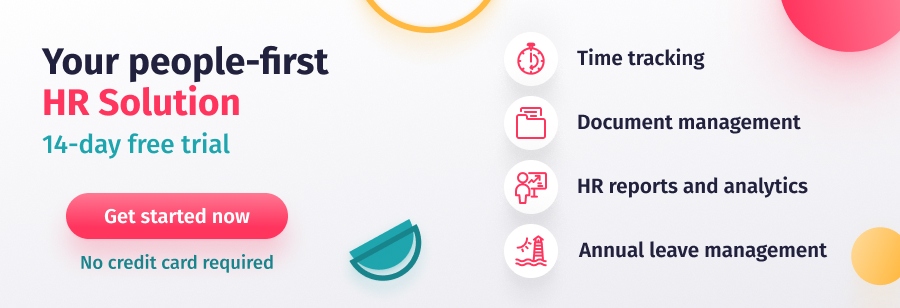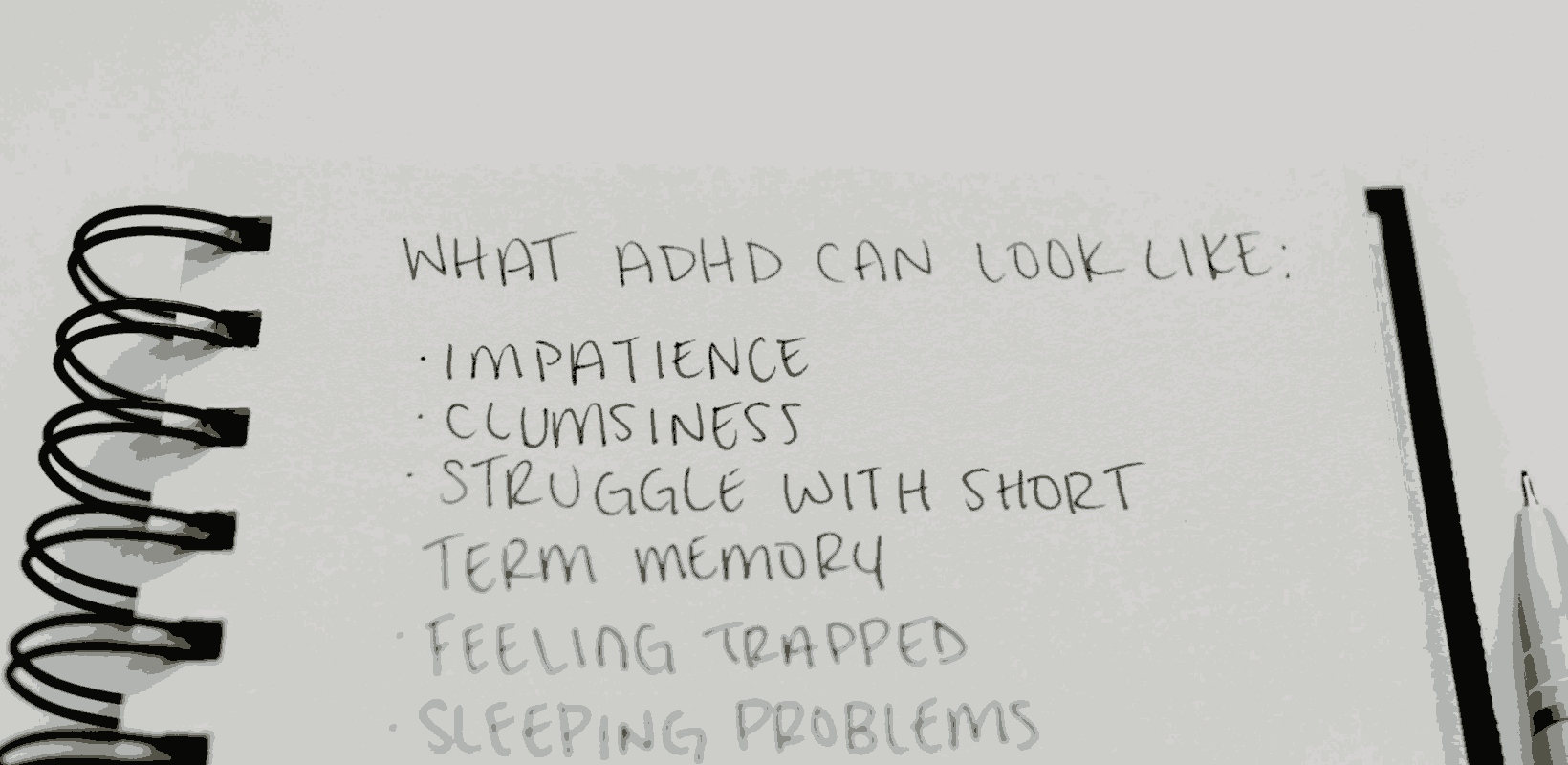According to Mental Health UK, a staggering 8 million people in the UK are experiencing an anxiety disorder at any given time. From work anxiety to social anxiety, there’s a multitude of types and the solution is not one-size fits all. But what they all have in common is their ability to impact work performance. The majority of those suffering will need to find ways to handle their anxiety in a professional setting to avoid risking burnout, exhaustion, and depression.
Acknowledging personal topics within professional settings can be challenging, especially in times of uncertainty or change. So we’ve put together this article outlining everything you need to know about anxiety at work, including:
- What is Anxiety at Work?
- Types of Anxiety
- Causes of Anxiety at Work
- Work Anxiety Symptoms
- How to Manage Work Anxiety

What Is Anxiety at Work?
A recent Perkbox survey revealed that 55% of UK adults experience anxiety as a result of work stress. It’s a hefty number, and that’s before taking into account employees dealing with anxiety at work rooted in other causes.
While some degree of work-related stress is natural, excessive anxiety can have a detrimental impact on your general health and well-being if unaddressed. You might, for instance, decline a promotion or other opportunity because it requires you to travel or speak publicly. Or, perhaps you may find excuses to skip office events like staff lunches and parties to avoid being in social settings with co-workers, which can negatively impact your team relationships.
Types of Anxiety
Anxiety disorders come in all shapes and sizes. We’ve rounded up the three that most commonly impact work performance, but mental health charity ‘Mind’ have published a more extensive list that gives more information on each.
Work-Related Anxiety
Work-related anxiety, more commonly referred to as ‘work stress’, is anxiety influenced by and centred on one’s job.
The root causes of work stress can vary widely from person to person.
For some people, approaching deadlines or a presentation is enough to cause anxiety.
For others, these feelings might stem from social circumstances at work, such as a toxic work environment or a lack of connections with co-workers.
Performance Anxiety
Performance anxiety derives from a fear of not living up to expectations, often those of an employer or team members. This can often result in a chicken-or-egg scenario; anxiety about underperforming can be crippling, causing a person to underperform. In a sense, this is the sister of imposter syndrome; both are related to a difficulty believing in and pressure put on oneself.
This type of anxiety can build up to an overwhelming level if it isn’t acknowledged and confronted. It’s important to share these feelings before it reaches this point to avoid burnout or more extreme symptoms, such as panic attacks.
Social Anxiety
Unlike the other two, social anxiety isn’t always related to the workplace. However, its symptoms can make it incredibly difficult for sufferers to carry out their roles and build important professional relationships.
Social anxiety is an intense fear of social situations and interactions. Feelings of intense self-consciousness, inadequacy and concerns about other peoples’ perceptions of you are indicative of this anxiety disorder. Communicating with bosses, customers and co-workers can become difficult as a result, as can attending team activities, group training sessions or day-to-day meetings.
Causes of Anxiety at Work
Work-related anxiety is the type that companies have the most control over. It is often resultive of working conditions and company culture, both of which can be adapted and evolved to improve the mental wellbeing of employees. Understanding common causes is the best place to start, some of which are:
- Lengthy working hours
- Intense workload
- Internal organisational changes
- Inadequate qualifications or skills for the job
- Poor workplace conditions
- Having a poor working or leadership relationship
- Few chances for promotion
- Intimidation
- Inadequate resources
- Inadequate working equipment
- Tight project deadlines.
Work Anxiety Symptoms
The way work anxiety presents itself can be categorised into three overarching categories:
1. Physical symptoms, including:
- Headache
- Regular fatigue
- Insomnia and other sleep-related disorders
- Stomach upset
2. Psychological symptoms, including:
- Depression
- Feeling overburdened and unable to handle things
- Developing a negative attitude toward your job
- Nervousness
3. Behavioural symptoms, including:
- Anger issues
- Poor interpersonal relationships
- Mood swings
- Reduced patience and frustration tolerance
- Isolation
- Absenteeism
- Reduced performance at work
- Reduced initiative and creativity.
How to Manage Work Anxiety
Confronting work anxiety can be tough, but there are many tangible ways you can limit and manage your symptoms. But before taking these steps, it’s important to remind yourself that you’re not the only one. Anxiety can intensify feelings of isolation, but just remind yourself that 8 million people are suffering from it in the UK alone. Think about that number whenever you feel alone with your anxiety.
Find the Root Causes of Your Anxiety
Finding the cause is the first step to limiting work anxiety. Think about the aspects of your day-to-day job and work environment that are causing you anxiety. Is it the workload, deadlines, expectations, or something else? You can start formulating solutions to your anxiety once you’ve determined what’s causing it.
Consult a mental health specialist
If you’re feeling trapped by your anxiety, offloading to a mental health professional is the most effective way to unburden yourself. They can assist you in identifying the cause of your anxiety and in implementing measures to control it. Some mental health specialists may also suggest medication or other treatments to help you manage anxiety.
Some companies cover mental health treatment as part of a benefits package. To find out if you have access to these services, refer to your benefits package or speak directly to HR.

Time Management
Having too much to do and too little time is a typical source of work anxiety. If this is the case, consider speaking directly to your manager. They have the power to delegate your tasks to other team members and reprioritise your workload. If this isn’t an option, you can find your own ways to prioritise tasks and manage your time more efficiently. Applying a traffic light system to your tasks can help to rank them and spread your attention accordingly. Red can be used for ‘crucial’ tasks that need to be completed immediately. Amber can be used for ‘important’ tasks that require attention within the next few working days. Green can then be reserved for ‘non-urgent’ tasks that don’t have a deadline. You can also work on other self-management skills to optimise your working hours.
Set boundaries
Hybrid working has its perks, but it has also significantly blurred the lines between home and work. For many, the scales of work-life balance have shifted towards ‘work’ as a result. With both areas of life sharing one space – the home – the two can bleed into one and other.
Setting boundaries between personal and professional life is key to restoring this balance and therefore preventing work anxiety from building. Your home shouldn’t feel like an office outside of working hours!
Try:
- Saying “no” to favours when you have work to do.
- Taking breaks to recharge.
- Letting your manager know whenever you feel overwhelmed.
- Setting your working hours and not compromising.
- Hiding notifications once you clock out.
- Only checking emails while at work.
Dealing with Work Anxiety
Work anxiety can feel crippling and confronting it can be the hardest part. But once you’ve acknowledged it, you can begin to dismantle it. It can be managed with small lifestyle changes and by sharing your feelings openly. For more advice and support, head to Mind’s website.









